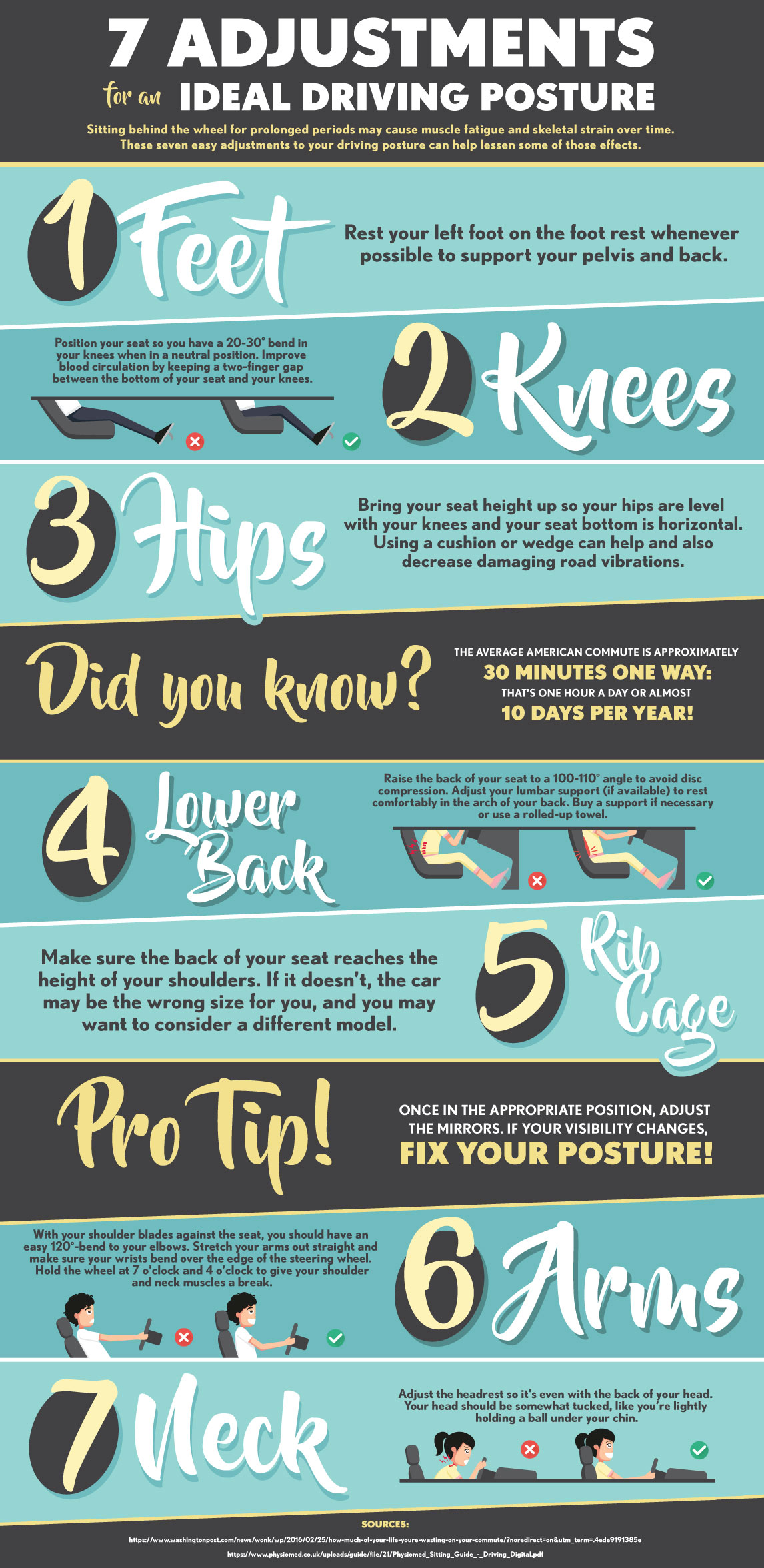Constant Activities That Add To Pain In The Back And Ways To Avoid Them
Constant Activities That Add To Pain In The Back And Ways To Avoid Them
Blog Article
Content Writer-Vega Rosales
Keeping appropriate stance and preventing usual mistakes in daily activities can significantly affect your back wellness. From how you rest at your desk to just how you lift heavy items, small adjustments can make a big difference. Envision Recommended Browsing without the nagging back pain that impedes your every step; the remedy may be simpler than you assume. By making a few tweaks to your daily behaviors, you could be on your way to a pain-free presence.
Poor Posture and Sedentary Way Of Life
Poor position and a less active lifestyle are two significant factors to back pain. When you slouch or hunch over while sitting or standing, you placed unneeded strain on your back muscle mass and spine. This can cause muscle discrepancies, stress, and eventually, chronic back pain. In addition, sitting for extended periods without breaks or physical activity can damage your back muscle mass and cause tightness and pain.
To deal with bad position, make a conscious effort to rest and stand directly with your shoulders back and lined up with your ears. Keep in mind to maintain your feet level on the ground and prevent crossing your legs for extended periods.
Integrating normal stretching and enhancing workouts into your day-to-day regimen can also aid boost your pose and reduce neck and back pain connected with an inactive way of life.
Incorrect Lifting Techniques
Inappropriate training methods can significantly contribute to neck and back pain and injuries. When you lift hefty things, bear in mind to bend your knees and use your legs to raise, instead of relying on your back muscles. Stay clear of turning your body while lifting and maintain the item near to your body to minimize stress on your back. It's essential to maintain a straight back and avoid rounding your shoulders while raising to stop unnecessary stress on your spine.
Always analyze the weight of the things before raising it. If it's too heavy, request for assistance or use tools like a dolly or cart to deliver it securely.
Keep in mind to take breaks during lifting tasks to provide your back muscular tissues a chance to relax and avoid overexertion. By executing correct lifting strategies, you can stop neck and back pain and reduce the risk of injuries, ensuring your back stays healthy and balanced and strong for the long term.
Lack of Normal Workout and Extending
An inactive way of life devoid of regular workout and extending can substantially contribute to pain in the back and discomfort. When you don't take part in exercise, your muscles become weak and stringent, causing poor position and enhanced stress on your back. Regular exercise helps enhance the muscles that support your spinal column, improving stability and lowering the threat of back pain. Including extending into your routine can also boost versatility, preventing tightness and pain in your back muscles.
To stay clear of back pain brought on by an absence of workout and stretching, go for a minimum of half an hour of modest exercise most days of the week. Consist of exercises that target your core muscle mass, as a solid core can aid alleviate stress on your back.
In addition, take breaks to stretch and relocate throughout the day, specifically if you have a workdesk work. Basic stretches like touching your toes or doing shoulder rolls can aid alleviate tension and stop neck and back pain. Focusing on routine exercise and stretching can go a long way in preserving a healthy and balanced back and reducing discomfort.
click this link here now , bear in mind to sit up straight, lift with your legs, and remain active to stop back pain. By making back hurting to your everyday practices, you can stay clear of the pain and constraints that come with neck and back pain. Deal with your spinal column and muscles by exercising great posture, appropriate lifting methods, and regular exercise. Your back will certainly thanks for it!
